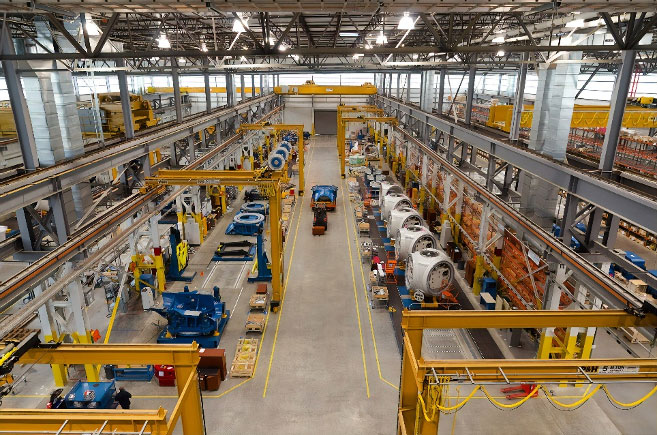Disruptions from recent winter storms will have a lingering operational and financial impact on manufacturing and industrial companies.

As much of the country, particularly Texas and Mississippi, picks up the pieces from the recent unprecedented cold weather conditions, the manufacturing and industrials sectors will face lingering operational and financial impacts in the near and medium term.
While those along the Gulf are accustomed to hurricanes, flooding, and even tornadoes, no one was prepared for the extreme winter weather that left millions without power and water for days and weeks. Hurricanes Harvey and Katrina are ranked as the most destructive storms in U.S. history, causing $125 billion in physical damage in Texas and Louisiana. However, a recent projection by Texas-based economic research firm, The Perryman Group, indicated the ice storm could top these with as much as $295 billion in damages.
Supply chain disruption, power vulnerability, and employee safety/availability topped off the list of concerns of many executives during the frigid weeks of February, however as operations return to a state of normalcy, management should take a step back and assess what changes should be made to avoid such disruptions going forward. As part of this reflection and self-evaluation, stakeholders should ask themselves whether such protective/defensive investments have strategic benefits to enhance and fuel growth. Sometimes the best offense is a strong defense.
Where chaos and uncertainty can breed confusion and fear, let’s take a look at some ways to minimize the financial impact and operational disruptions along with solutions that can support and drive growth.
How can businesses small or large turn this crisis into a success story?
How can companies drive growth while navigating unforeseen hurdles like natural disasters or workers strikes? What should they keep in mind for both the short and long term? What specific areas of financial protection and investment should I be exploring to prepare my business for future disruptions?
In a situation like this, what are some important questions to consider when searching for a lender?
There are numerous occasions when companies have been negatively impacted by ‘non-recurring’ events such as extreme weather, labor strikes, ransomware attacks, pandemics, etc. A capable lender should be able to isolate the financial impact of such an event, ‘normalize’ the financial performance, perform the appropriate credit analysis and structure the credit facility to meet the long-term financial needs of the company. If they cannot see through these events, then you have the wrong lender.

John Felix has served as Managing Director of White Oak Global Advisors, LLC (WOGA) since 2017 and has been actively investing in middle market companies for more than 20 years. WOGA is a leading alternative debt manager specializing in originating and providing financing solutions to facilitate the growth, refinancing and recapitalization of small and medium enterprises. Together with its financing affiliates, WOGA provides over 20 lending products to the market, including term, asset-based and equipment loans, to all sectors of the economy. Since its inception in 2007, WOGA has deployed over $8 billion across its product lines, using a disciplined investment process that focuses on delivering risk-adjusted investment returns to investors while establishing long term partnerships with our borrowers. For more information, visit www.whiteoaksf.com.
In this episode, I sat down with Beejan Giga, Director | Partner and Caleb Emerson, Senior Results Manager at Carpedia International. We discussed the insights behind their recent Industry Today article, “Thinking Three Moves Ahead” and together we explored how manufacturers can plan more strategically, align with their suppliers, and build the operational discipline needed to support intentional, sustainable growth. It was a conversation packed with practical perspectives on navigating a fast-changing industry landscape.